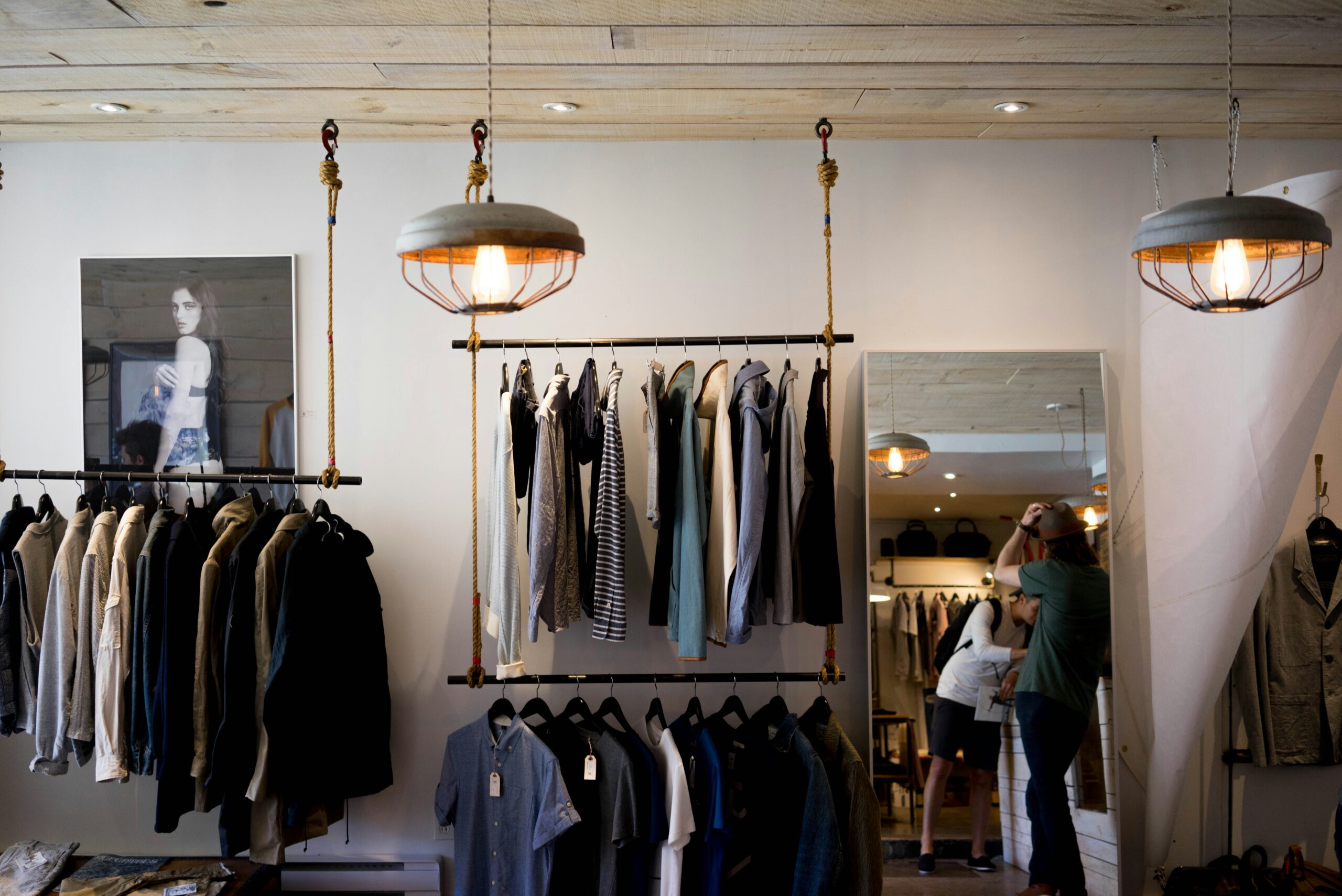Fashion has a profound influence on the retail sector, shaping store interiors and customer experiences alike. Not only does it dictate the latest trends in color schemes, materials, and visual displays within these spaces, but it also drives a highly dynamic consumer market. This influence spans from luxury and high-end boutiques to mass-market retail chains, each uniquely crafted to create a compelling environment that resonates with its specific audience.
Evolution of Fashion’s Role in Retail Spaces
Historically, fashion has been a marker of social status, wealth, and cultural heritage. The birth of the department store in Britain set the stage for fashion retail, transforming the way people accessed and interacted with clothing. By the mid-19th century, Paris further developed this concept with the launch of Le Bon Marché, an iconic department store that catered to the bourgeoisie, showcasing a sophisticated and immersive shopping experience. The department store embodied the commitment of the bourgeois class to style and material wealth, creating displays that projected affluence and taste.
The Significance of Interior Design in Fashion Retail
The design of retail spaces is integral to the experience of fashion shopping. Fashion stores often align their interiors with current trends in color, material, and style to create spaces that feel relevant and exciting. These interiors aim to foster an emotional connection with the customer, turning a shopping trip into a form of self-expression and enjoyment. This is particularly impactful in fashion retail, where the experience is frequently a social outing, especially for women. Retail spaces thus become not just places to buy clothing but stages where customers can visualize themselves within the brand’s world.
Categories of Fashion Retail Spaces
The diverse world of fashion retail can be broadly categorized into three areas: premium fashion labels, boutiques, and commercial chain stores. Each of these categories has a unique approach to store design:
- Premium Fashion Labels: These brands lead the industry, setting trends for both fashion and interior design. Their stores are often bold and innovative, incorporating cutting-edge designs that reflect their distinct brand identity. The term “fashion house” refers to an exclusive label with a designer or team of designers who create under its name. These houses often locate their flagship stores in global fashion capitals like London, Paris, Milan, and New York, showcasing spaces that blend fashion with architectural finesse. Here, the store interiors are as meticulously crafted as the clothing itself, sometimes with displays likened to art installations.
- Boutiques: The boutique sector gained prominence in the late 1950s, following a period of societal transformation. Originally, boutiques were specialized departments within larger stores. However, independent boutiques soon emerged, offering unique and custom-made pieces. Mary Quant’s Bazaar on Kings Road in London is one such example, showcasing a fresh approach to space manipulation with a full-height glass facade that allowed shoppers to observe the activity inside. This style became synonymous with youth culture in the 1960s. Today, boutiques are known for their intimate, uniquely styled interiors, tailored to enhance the exclusivity of the pieces they offer.
- Commercial Fashion Chains: Mainstream fashion stores are often large chains with a presence on high streets around the world. Barbara Hulanicki’s Biba in 1964 pioneered this approach, making fashion accessible to a broader audience. These stores, while less exclusive than premium brands, offer a constantly evolving range of clothing and interior styles to keep up with trends. The interiors of commercial fashion stores are frequently refreshed to align with the latest consumer demands, often incorporating materials, lighting, and graphic elements to create an exciting yet affordable atmosphere.
Collaborative Design and Innovation in Fashion Retail
The 1980s saw an increase in collaborations between fashion designers, artists, and architects, producing retail spaces that were not only functional but visually compelling. This era introduced minimalist designs, often referred to as “white boxes,” which allowed the clothing to be displayed as art. Today, these minimalist concepts have evolved with technology, using advanced CAD modeling to create intricate, organic forms that transform interiors. Such collaborations allow fashion designers to express their brand’s identity through unique spaces, often with the help of architects who can quickly bring these visions to life.
With cyberspace now influencing physical spaces, the interaction between fashion and architecture has become a powerful tool for branding. The architectural elements in premium fashion interiors give these spaces a lasting impact on customers. However, these collaborations are still not widely common in architecture, as they require substantial budgets typically available only to larger fashion houses.
Conclusion
Fashion’s impact on the retail sector is extensive, influencing everything from interior design to the way people experience shopping. With a history rooted in social significance, modern fashion retail has evolved to meet the changing demands of diverse consumer bases, making fashion shopping an event, an expression, and an art form.
Finally, for more on INJ Architects:
